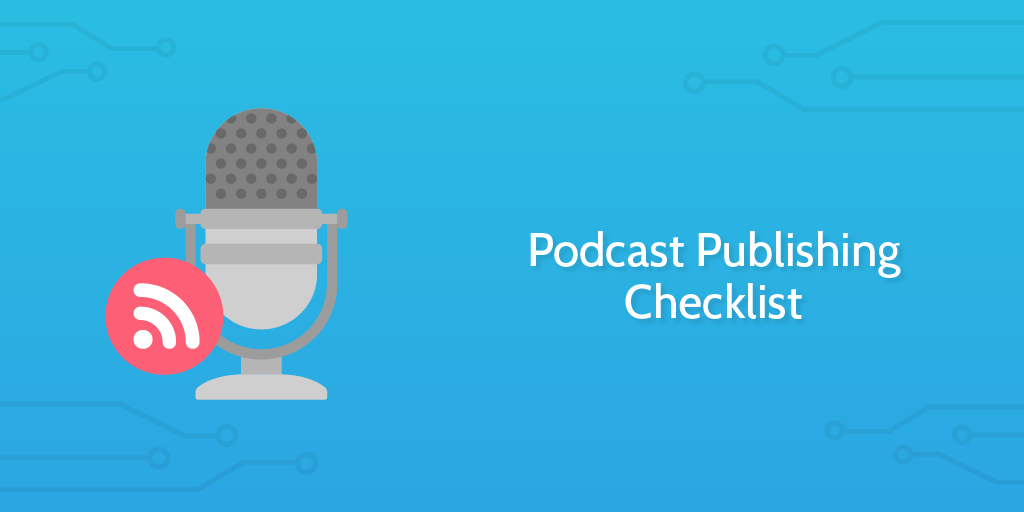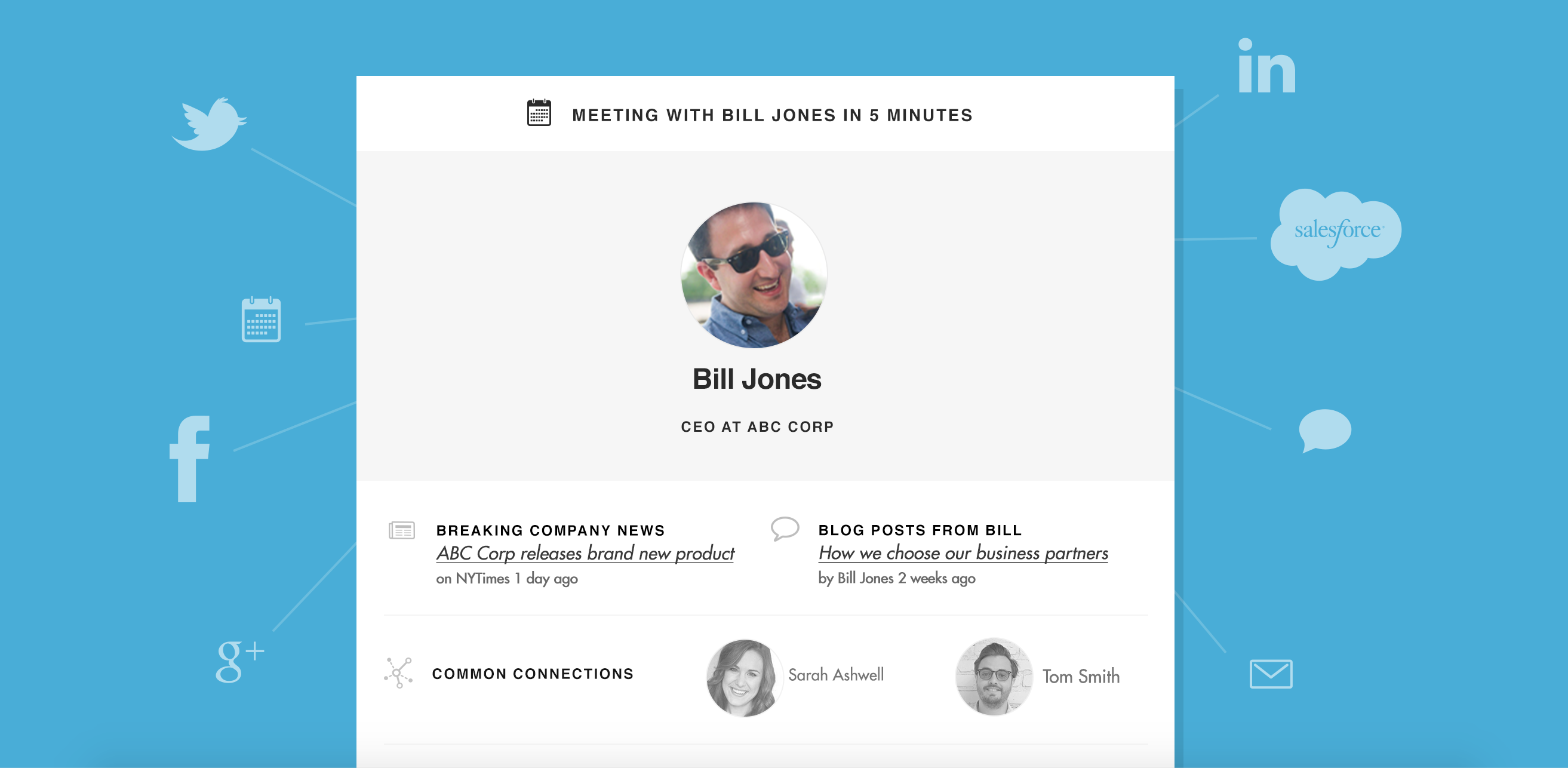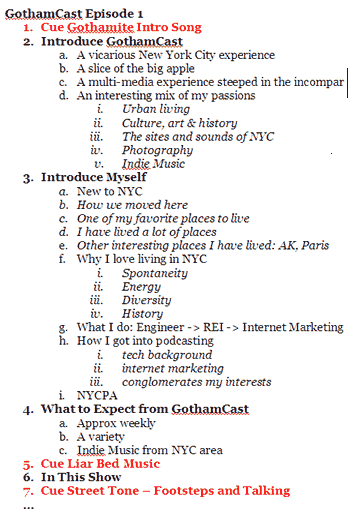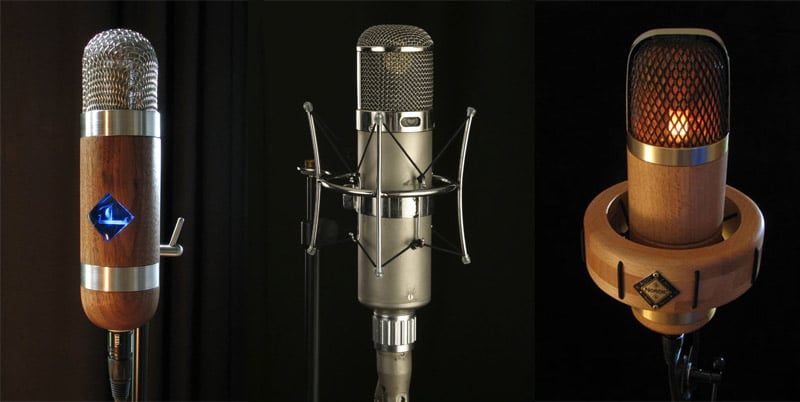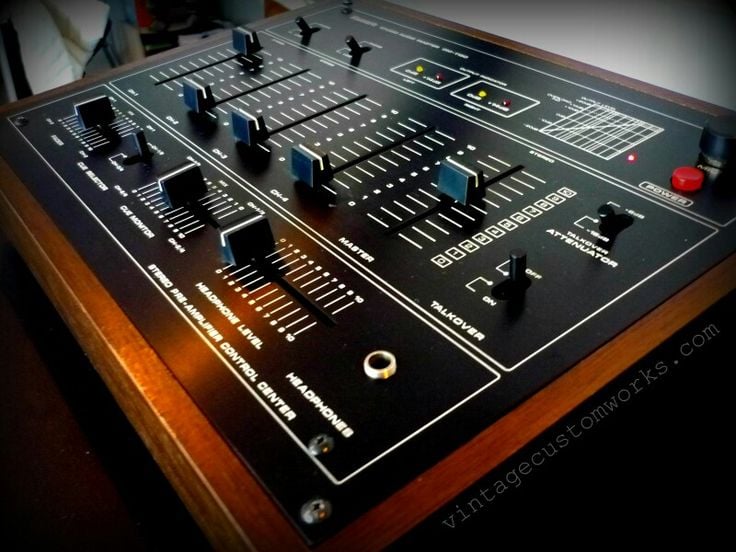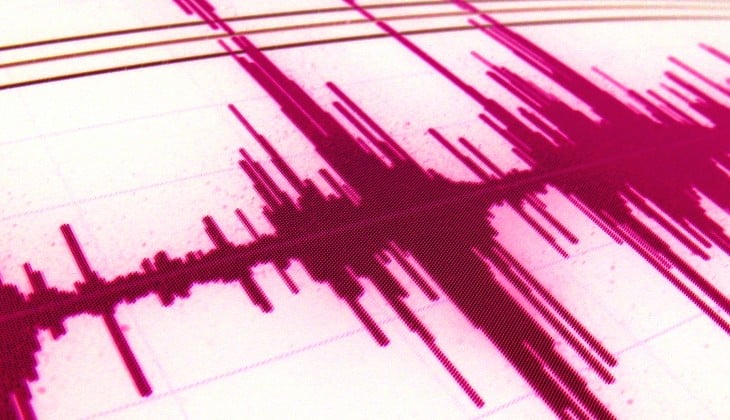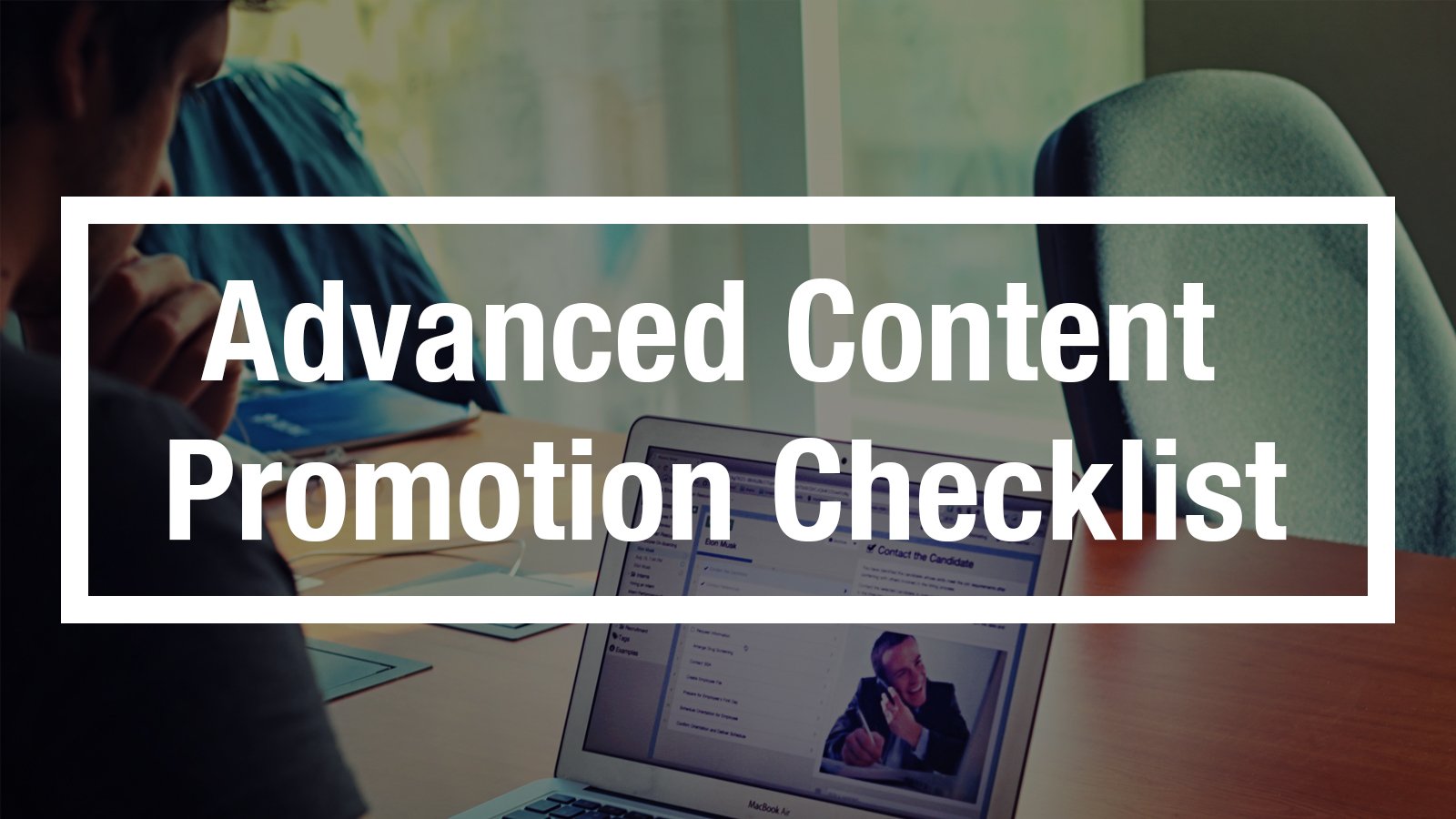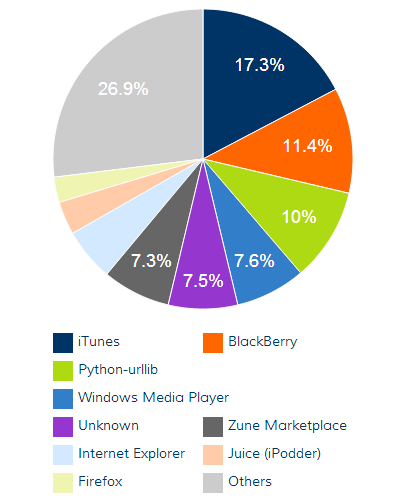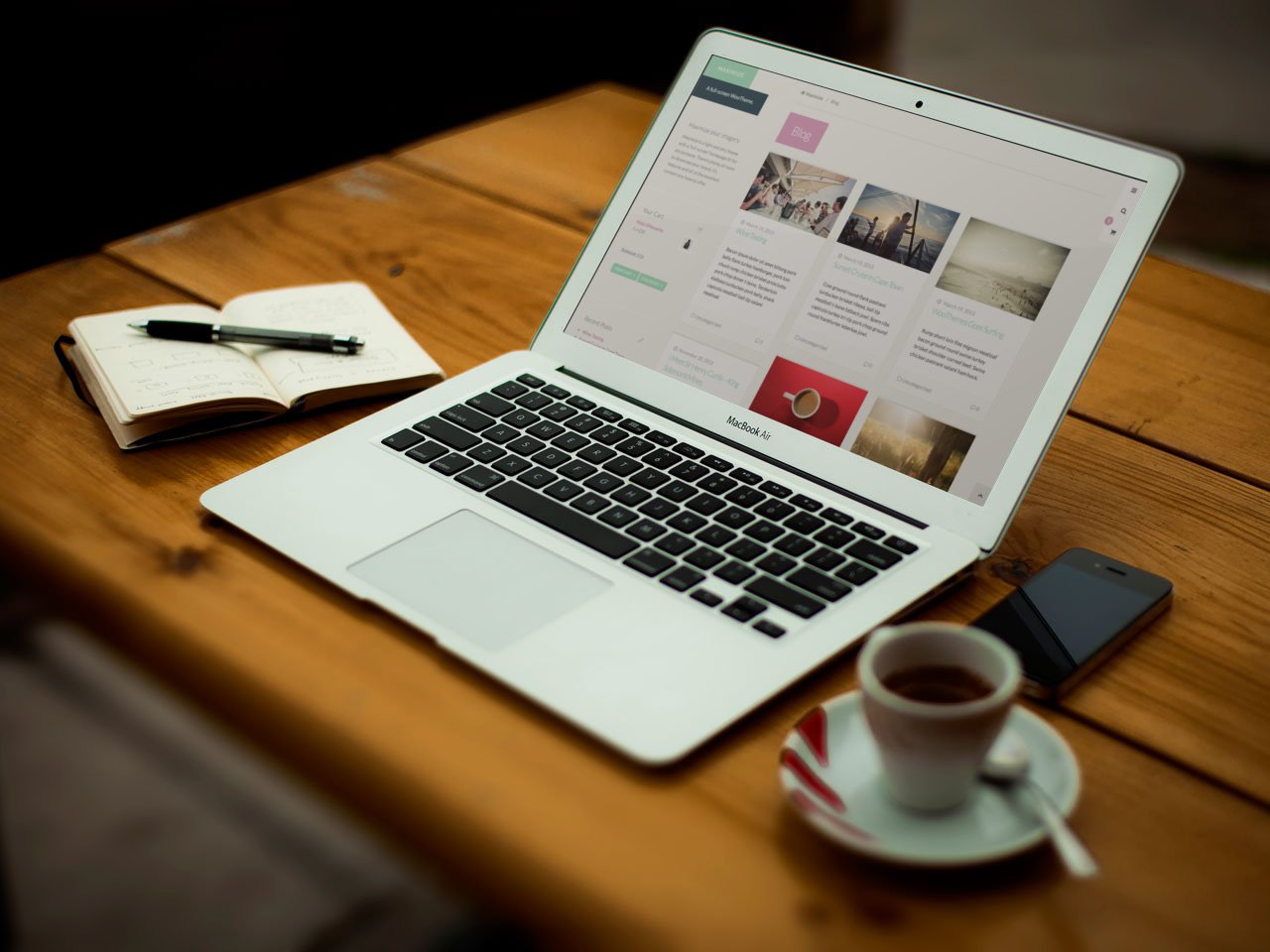According to research in 2014, there are over 150,000 podcasts in the world. Podcasting is a medium that grows around 30% year on year, with podcast directory Stitcher hosting 40,000+ podcasts alone. That seems like an awful lot, but the subject matter is extremely diverse and anyone with a specific enough niche has an equal chance to stand out.
Back in 2013, iTunes announced it had hit 1 billion podcast subscribers and way back in 2011, Libsyn hosted over 10,000 shows, with over 1.6 billion downloads from 18 million monthly audience members.
The growth seen by podcast hosting services since Apple popularized the podcast in 2005 is very significant for businesses.
By now you probably get the idea: podcasting is a very big deal, and if you're not tapping into it you're missing out on a big chunk of your potential audience. Let's get underway and take a closer look.

